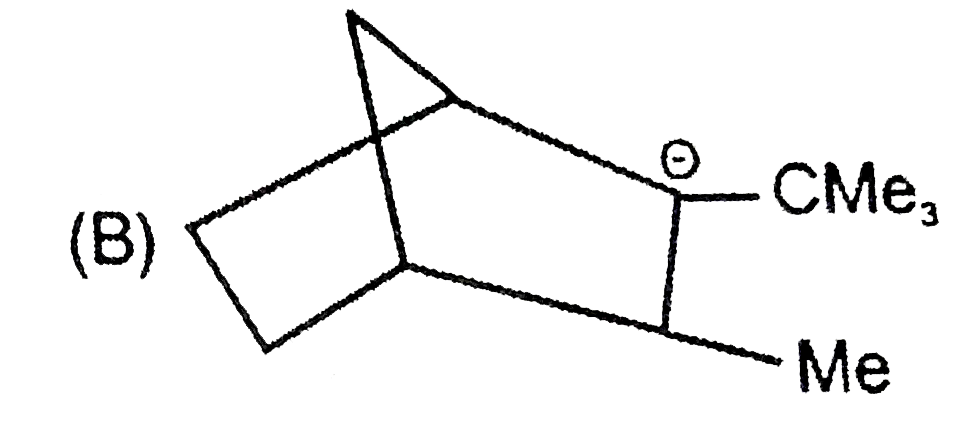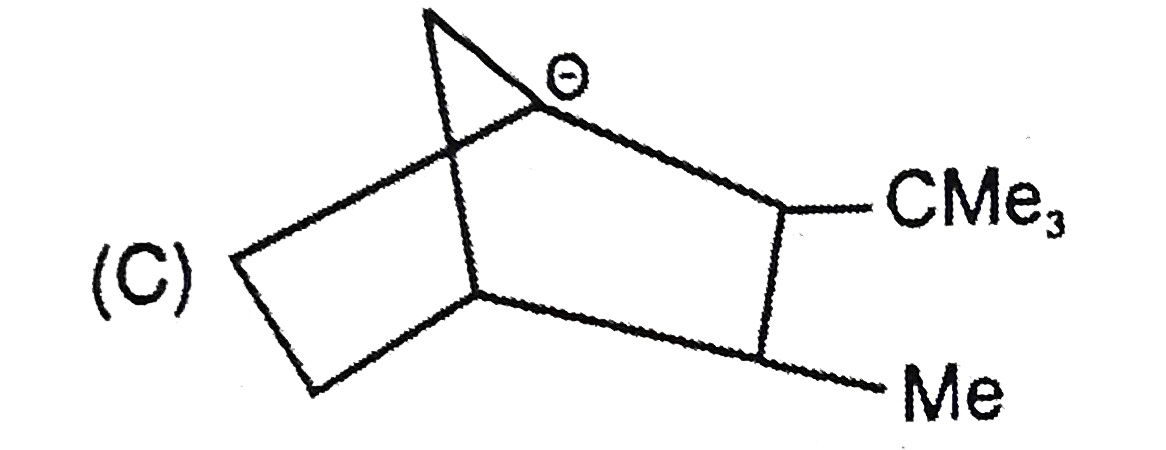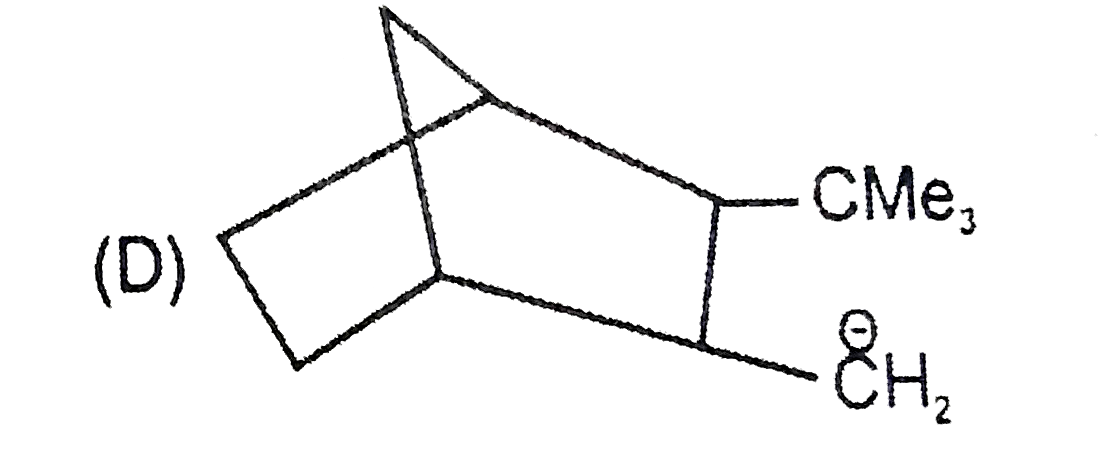Hybridisation in Reaction Intermediate ( Carbocation, Carbanion, Carbene, Benzyne) || Allenes || Odd Electron Species || Dimerisation || Ion-Pair in Solid\ Liquid Phase || Calculation OF pπ-pπ and pπ -dπ Bond
Step by step video solution for Hybridisation in Reaction Intermediate ( Carbocation, Carbanion, Carbene, Benzyne) || Allenes || Odd Electron Species || Dimerisation || Ion-Pair in Solid\ Liquid Phase || Calculation OF pπ-pπ and pπ -dπ Bond by Chemistry experts to help you in doubts & scoring excellent marks in Class 12 exams.
Updated on:21/07/2023Similar Questions
Knowledge Check
Reaction intermdiates are short lived species and are highly reactive. They are formed by heterolytic and homolytic bond fission. There are various types of reaction intermediates in which the most important are carbocation , carbanion and free radical.
Carbocation is an organic species in which carbon have positive charge and six electrons in its outermost shell. The stability of carbocation can be increased by positive inductive effect, hyperconjugation and delocalisation. If α-atom with respect to carbocation has one or more lone pair of electron then lone pair of electron strongly stabilises the carbocation due to octet completion.
Species in which carbon have negative charge is called carbanion. Carbanion carries three bond pairs and one lone pair. The stability of carbanion can be increased by negative inductive effect, negative mesomeric effect and delocalisation.
Free radical is a species which have seven electrons in its outermost shell. The stability of free radical can be increased by hyperconjugation and delocalisation.
The stability order of following carbocations is
 AI>II>IIIBII>I>IIICIII>I>IIDII>III>I
AI>II>IIIBII>I>IIICIII>I>IIDII>III>IReaction intermdiates are short lived species and are highly reactive. They are formed by heterolytic and homolytic bond fission. There are various types of reaction intermediates in which the most important are carbocation , carbanion and free radical.
Carbocation is an organic species in which carbon have positive charge and six electrons in its outermost shell. The stability of carbocation can be increased by positive inductive effect, hyperconjugation and delocalisation. If α-atom with respect to carbocation has one or more lone pair of electron then lone pair of electron strongly stabilises the carbocation due to octet completion.
Species in which carbon have negative charge is called carbanion. Carbanion carries three bond pairs and one lone pair. The stability of carbanion can be increased by negative inductive effect, negative mesomeric effect and delocalisation.
Free radical is a species which have seven electrons in its outermost shell. The stability of free radical can be increased by hyperconjugation and delocalisation.
Which of the following is the most stable carbanion intermediate ?A B
B C
C D
D
Reaction intermdiates are short lived species and are highly reactive. They are formed by heterolytic and homolytic bond fission. There are various types of reaction intermediates in which the most important are carbocation , carbanion and free radical.
Carbocation is an organic species in which carbon have positive charge and six electrons in its outermost shell. The stability of carbocation can be increased by positive inductive effect, hyperconjugation and delocalisation. If α-atom with respect to carbocation has one or more lone pair of electron then lone pair of electron strongly stabilises the carbocation due to octet completion.
Species in which carbon have negative charge is called carbanion. Carbanion carries three bond pairs and one lone pair. The stability of carbanion can be increased by negative inductive effect, negative mesomeric effect and delocalisation.
Free radical is a species which have seven electrons in its outermost shell. The stability of free radical can be increased by hyperconjugation and delocalisation.
The stability order of following free radicals is:
C6H5CIH2⋅CH2 CH3CIIH2⋅CH2 C6H5 III⋅CH2 CH⋅3IVAI>II>III>IVBII>III>I>IVCI>III>II>IVDIII>II>I>IV
"Hybridisation in Reactive Intermediates- Carbenes,Benzynes,Allenes, Hybridisation in odd Electron Species,Drago’s Rule and Application"
View SolutionHybridisation Of Reactive Intermediates |Hybridisation Of Odd Electron Species|Hybridisation In Solid State|Summary
View SolutionHybridisation Of Elements Involving d Orbitals|Formation Of PCl5 (sp3d Hybridisation)|Formation Of SF6 (sp3d2 Hybridisation)|IF7|Bonding In SO3|Bonding In SO2|Calculation Of Number Of pπ-pπ And pπ-dπ Bonds|Summary
View SolutionCalculation OF %s character and electronegativity || Calculation OF pπ-pπ and pπ-dπ bonds || Drago's rule and bent rule
View SolutionII. Read the following passage and answer questions 6-10 that follow :
During organic reactions, a covalent bond between two carbon atoms or carbon atom and some other atom is broken and a new bond is formed. The fission of bonds can be homolytic or heterolytic forming free radicals, carbocations carbanions, carbenes, etc. This also depends upon the displacement, of electron in a bond and is governed by inductive effect, electromeric effect, reasonance and hyperconjugation.
Complete the reaction :
CH2N2Light−−→
and name the species formed.
View Solution
